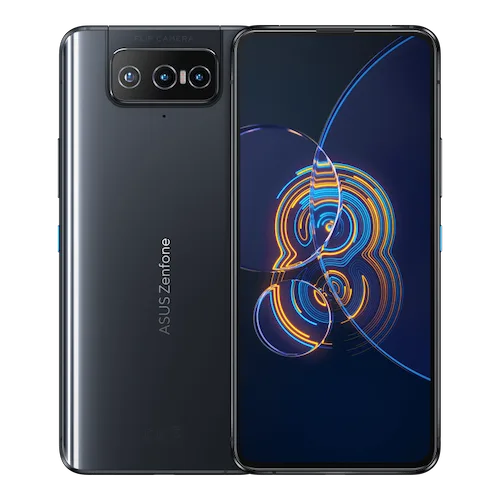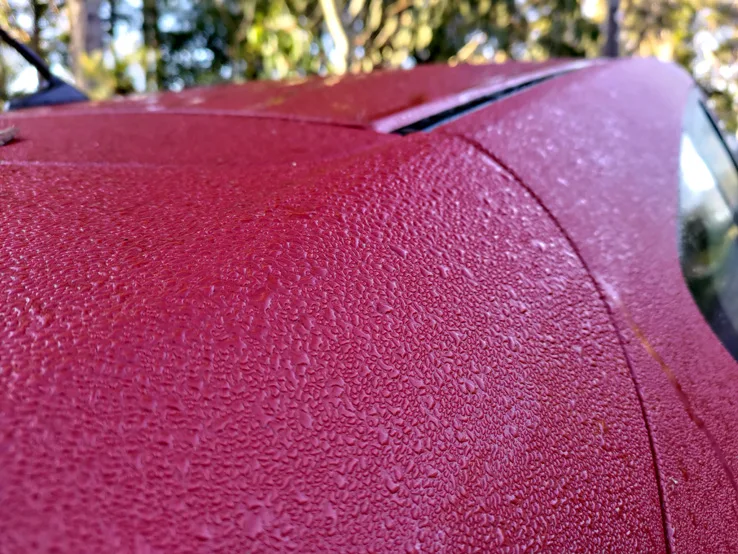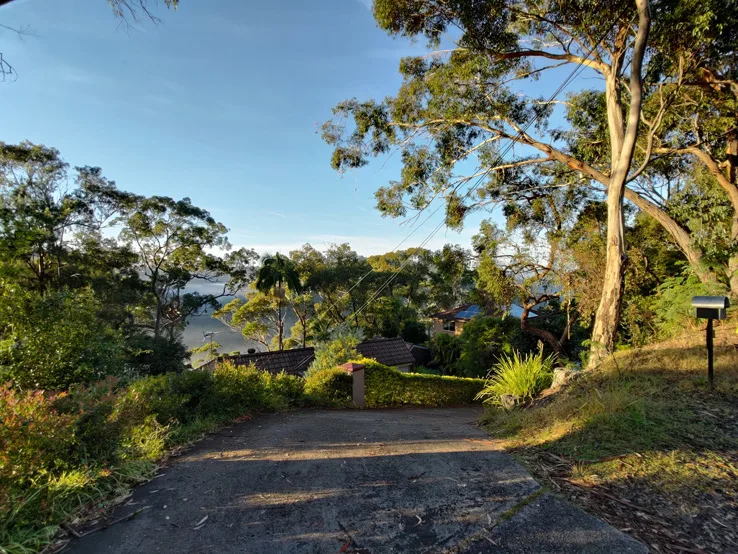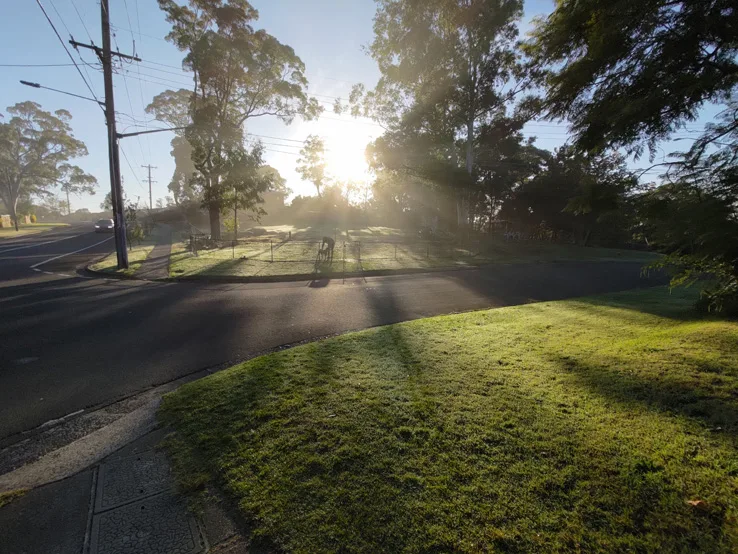ASUS Zenfone 8 review: Flagship specifications with compromises
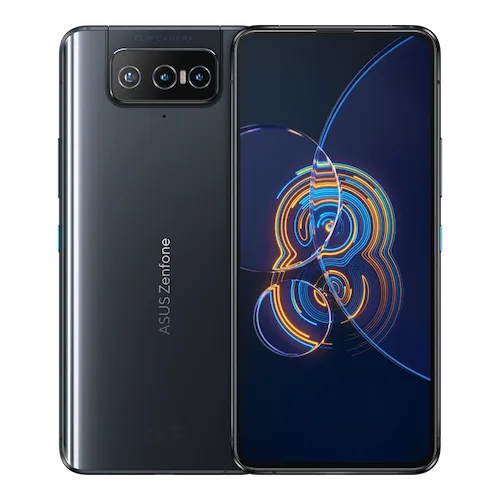
-
- Battery Score
3
- Camera Score
3
- Design Score
4
- Performance Score
4.5
- Battery Score
3
Summary
Quick verdict: If you want a fast processor in a smaller handset at a good price, the ASUS Zenfone 8 delivers, although it would be nice if it had more flexible cameras.
- Snapdragon 888 at a low price
- Small and easy to use with one hand
- 120Hz display
- Lacks telephoto lens
- No storage expansion
- Plain design
Details
Pricing & Availability
| RRP | $0 |
| Launch date | 2021-05 |
While it's been making phones for international markets for years, it's been quite some time since we've seen a smartphone from ASUS that didn't carry its Republic of Gamers sub-branding and premium pricing to match.
The ASUS Zenfone 8 isn't specifically a gaming phone although with the inclusion of a snappy 120Hz display and an even snappier Snapdragon 888 under the hood, it pretty easily could be.
It's also surprisingly affordable in Australia, retailing for just $999, well below the competitive rate for Qualcomm's best processor to date, although some of that cost is undeniably due to the fact that while it's carrying premium specifications under the hood, when you flip it around, you realise that it's not quite shooting with the best equipment when it comes to the camera.
Design
Design
- 5.9-inch 120Hz capable display
- Simple rounded design
- In-display fingerprint reader works well
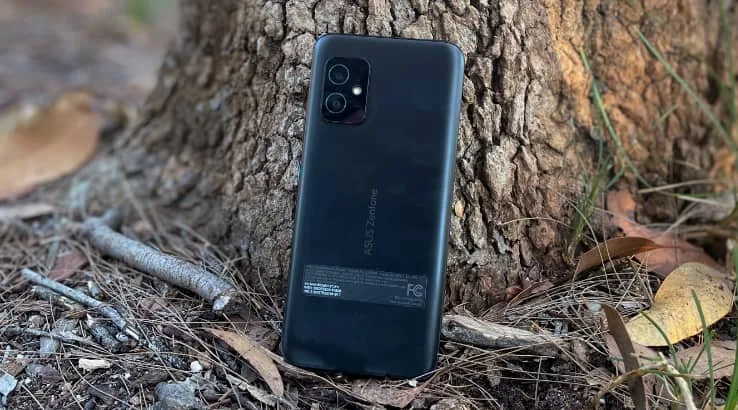
Where ASUS's ROG phones are all glowy gaming appeal, the Zenfone 8 is a considerably simpler looking device.
Indeed, at a glance, it appears rather plain, with rounded corners that were all the rage on Nokia phones back when Nokia itself was still making them – and that's getting on for a decade ago now.
The Obsidian Black model as tested has a single colour highlight, coming from the bright blue power button, but otherwise, this is a relatively simple design.
Simple isn't always bad, naturally, and what really makes the ASUS Zenfone 8 stand out is more its lack of size. The prevailing trend in the smartphone world has been to stretch out to ever larger phone sizes, with smaller models often being compromised performance machines. That's definitely not where the Zenfone 8 wants to play.
That commitment to power starts right at the 5.9-inch 1080x2400 pixel Super AMOLED display, which has support for up to 120Hz refresh rates. ASUS's method for handling this steers you towards more battery-friendly dynamic modes, which can jump about a tad between apps, although you can force 120Hz if you chuck the whole phone into performance mode – at the obvious cost of overall battery life.
120Hz on a smaller screen works quite well for elements such as video watching, although it varies when you're playing games because while action can be slick, any onscreen elements are naturally a touch smaller, including onscreen tappable elements. That's the trade-off for a phone that you really can use in just one hand.
Around the back, ASUS likewise keeps it simple with a small camera bump and the ASUS Zenfone logo the only elements of distinction. It's opted for an in-display fingerprint reader, which is so very often an avenue to frustration in lower-cost handsets, and even some premium models. Here, happily, the Zenfone 8 behaved very well, with only very intermittent read issues that were always resolved with a second attempt.
Camera
Camera
- 64MP main plus ultra-wide is an interesting choice
- No telephoto, macro or other specialty lenses
- Decent overall performance, but you can get better
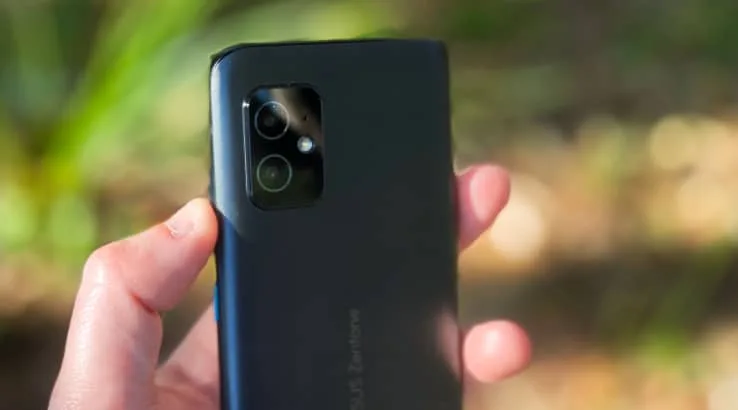
Flagship phones so very often sell themselves on their camera inclusions. We've seen an immense quantity of pressure from the mid-range and even some budget phones in terms of added camera features in the recent past, although not all of them have resulted in exceptional camera options.
Yes, I'm looking at you, ubiquitous 2MP Macro camera module found in just about every budget phone right now.
Still, the Zenfone 8 is meant to be ASUS's effective consumer flagship phone, so it's packed with the latest and greatest in camera terms, right?
Not exactly.
ASUS has gone a little old school here in Android thinking at least, packing just 2 rear lenses on the Zenfone 8. The primary shooter packs a 64MP f/1.8 sensor, while the secondary is a 12MP f/2.2 112˚ ultra-wide sensor. At the front, you'll be taking selfies with a 12MP f/2.5 sensor, with portrait effects drawn purely through AI.
To help with that, the Zenfone 8 can draw on the pretty impressive image processing capabilities of the Snapdragon 888 processor, but it's still hard not to look at the Zenfone 8 on paper and figure that it's missing something.
A telephoto lens for a start, although ASUS could have gone any number of other ways in terms of making the Zenfone 8 stand out in the competitive premium photo space.
All of which isn't to say that the Zenfone 8 is a poor quality camera phone. It's decent at taking shots with what it's got, and you'll generally get quite pleasing results in most camera conditions.
You're stuck with just digital zoom capped out at 8x and essentially not worth shooting with in most cases. Take a better standard picture and crop from that is my advice there.
Something had to give for ASUS to offer up the Zenfone 8 at this price point, and it's the camera.
It's not bad, but if camera selection and flexibility are key to your phone experience, you can do better at this price point, especially with a phone like the Samsung Galaxy S20 FE for example.
Performance
Performance
- Snapdragon 888 is blazingly fast (literally)
- Australia doesn't quite get the prime Zenfone 8 model
- No storage expansion
- ZenUI launcher largely focuses on gaming features
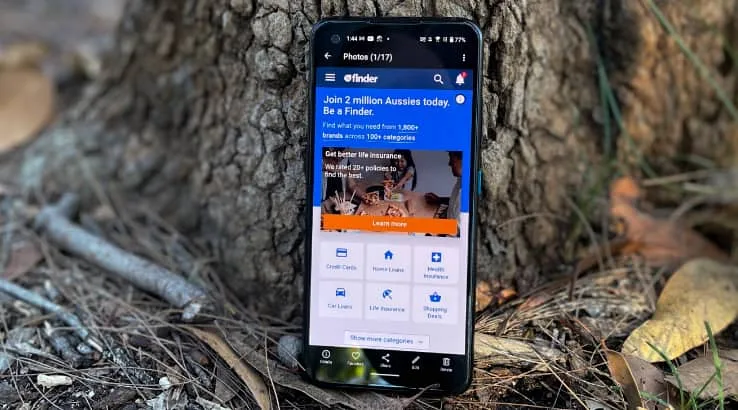
While it's small on the outside, ASUS really has done a lot of work putting the best possible components inside the Zenfone 8. It's running on the Snapdragon 888 SoC, which means it's 5G-ready and comparable to the top-of-the-line Android flagships from every other maker in that respect.
ASUS appears to have a range of Zenfone 8 models depending on where you are on the planet; here in Australia, we get options with 8GB of RAM and either 128GB or 256GB of storage, but in some areas, there's an even more juiced-up variant with 16GB of internal RAM.
One catch here is that the storage allocation on the Zenfone 8 is fixed, with no capability for microSD expansion. It is dual nano SIM capable, although 5G access is limited to just one primary SIM if that's important to you.
There's also the Zenfone 8 Flip, a pricier model with a larger display, but that's also stuck with just a 90Hz display. In return, however, you get a flip-around camera module to give you more selfie flexibility.
The Zenfone 8 stands alone right now in the Snapdragon 888 space because every other handset you can buy with that or a similar processor has a much larger display. That makes comparison really interesting because it should very neatly outpace similar smaller phones with older processors, while still keeping pace with the industry's best in a smaller format.
That is, in fact, exactly what it does, falling only to the iPhone SE 2020 in pure benchmark terms. Here's how it compares using Geekbench 5's CPU test:
Like other Snapdragon 888 phones I've tested, the Zenfone 8 makes mincemeat of 3DMark's older Slingshot Extreme benchmark, making its Wildfire score a better comparable metric:
For such a small phone, the Asus Zenfone 8 can really fly through most apps, including more complex gaming applications. It runs on Android 11 with ASUS's own ZenUI launcher on top, adding features such as predictable game optimisation routines so you're not disturbed when you're busy slaughtering your foes. I'm honestly much more of a fan of a clean Android UI than where ASUS goes with this, but if you did want a smaller gaming phone, it can't be denied it works quite well for the most part.
The one catch here is a design principle because a small compact phone has much less space for heat dissipation. The Zenfone 8 can certainly get warm if you're using it a lot for intensive tasks like gaming over a longer span of time.
Battery life
Battery life
- 4,000mAh battery life is quite variable
- Lacks wireless charging
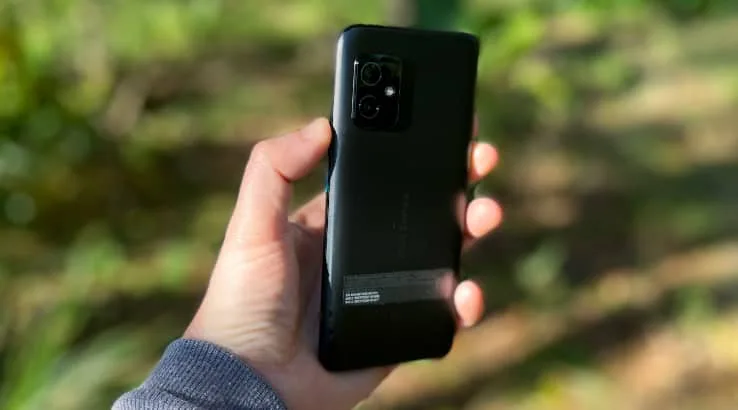
The ASUS Zenfone 8's smaller frame doesn't give it a lot of scope to pack in the battery cells. It's equipped with a 4,000mAh sealed battery, recharged by USB-C only. At this price point, it's not too hard to get wireless charging if that's a feature you want.
The dynamic 120Hz display throws a real wrench in accurately testing out the likely battery life of the Zenfone 8 because, by default, it'll switch up refresh rates to improve battery life. That's not a bad feature of course, but it means that even more so than many other phones, its battery endurance will vary a lot depending on the apps you throw at it.
To give it some kind of comparative measure, I ran it through Finder's standard battery test routine, streaming a Full HD YouTube video at maximum brightness and moderate resolution for an hour from a full battery. What I typically look for here is at least 90% battery remaining at the end because that's generally a good marker for a phone that can last a full day's usage. Here's how the Asus Zenfone 8 compares:
However, that 92% figure isn't the entire story. The power of the Zenfone 8 makes it a pretty compelling prospect to game on, and if that's your passion, you'll want to have a charger or battery pack to hand because you can send the Zenfone 8 flat a lot faster in those situations. Or in other words, learn from my mistakes, lest you end up with a flat phone before lunchtime while chasing high scores.
Should you buy the ASUS Zenfone 8?
- Buy it if you want a small and very powerful phone for a great price.
- Don't buy it if you want a really flexible camera phone.
Usually when I write about compromises, it's in the context of utter budget phones, where every cent of value has to be wrung out of a phone and there's more compromise than quality.
That's not the story that the ASUS Zenfone 8 tells, although this is clearly a phone that's had a singular compromise put in place to meet a specific price point. It's just that the price point sits at the bottom of the premium space.
There's no doubting that the Zenfone 8 is a powerful small handset, and there simply aren't enough of those. If you hate those big unwieldy glass lumps and crave a fast Android phone for everyday apps, it's a very easy recommendation at this price.
However, if you also want to do a lot of creative photography through multiple lenses, look elsewhere. It's not that the ASUS Zenfone 8 is actively bad in this space, but it compares poorly simply due to its lesser array of camera options.
Pricing and availability
Specifications
Display
Camera
Physical Dimensions
Connectivity
Power, storage and battery
Device features
Images: Alex Kidman
More Finder reviews
-
Why I keep coming back to Google’s Pixel Watch 4 (you might disagree)
17 Dec 2025 |
-
The Pixel 10 is the perfect phone for everyday use – here’s why
16 Dec 2025 |
-
Apple iPhone 17 review – Is it the phone of the year?
16 Dec 2025 |
-
iPhone Air review – It’s not what I expected
12 Dec 2025 |
-
iPhone 17 Pro and Pro Max review – At their peak
30 Oct 2025 |
Sources
Your reviews
Alex Finder
Senior editor
You are about to post a question on finder.com.au:
- Do not enter personal information (eg. surname, phone number, bank details) as your question will be made public
- finder.com.au is a financial comparison and information service, not a bank or product provider
- We cannot provide you with personal advice or recommendations
- Your answer might already be waiting – check previous questions below to see if yours has already been asked
Finder only provides general advice and factual information, so consider your own circumstances, or seek advice before you decide to act on our content. By submitting a question, you're accepting our Terms Of Service and Finder Group Privacy & Cookies Policy.
This site is protected by reCAPTCHA and the Privacy Policy and Terms of Service apply.

